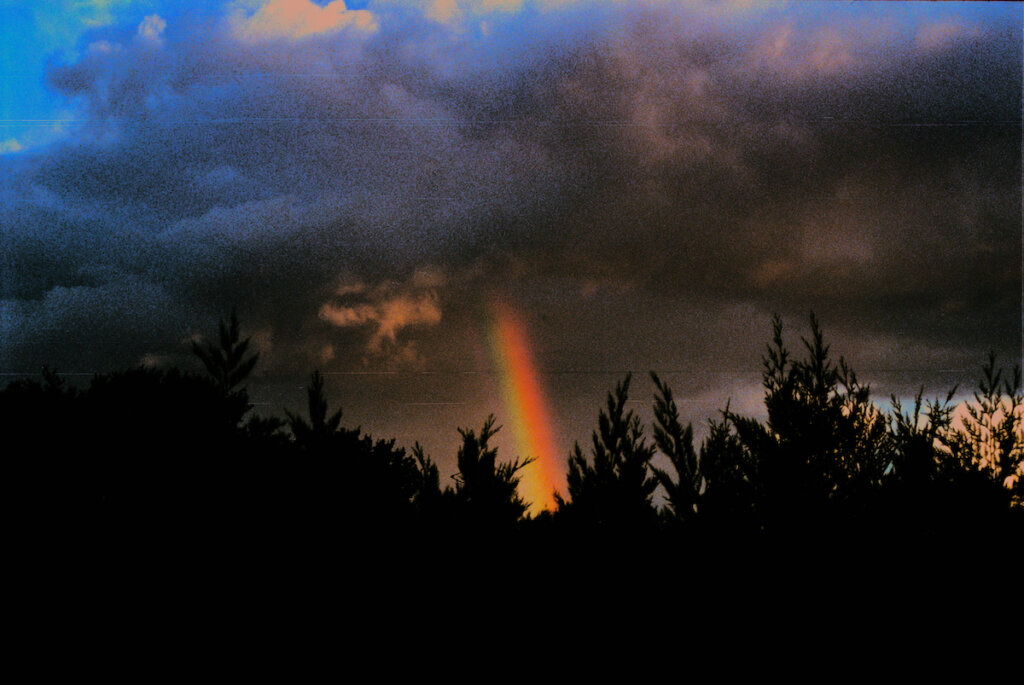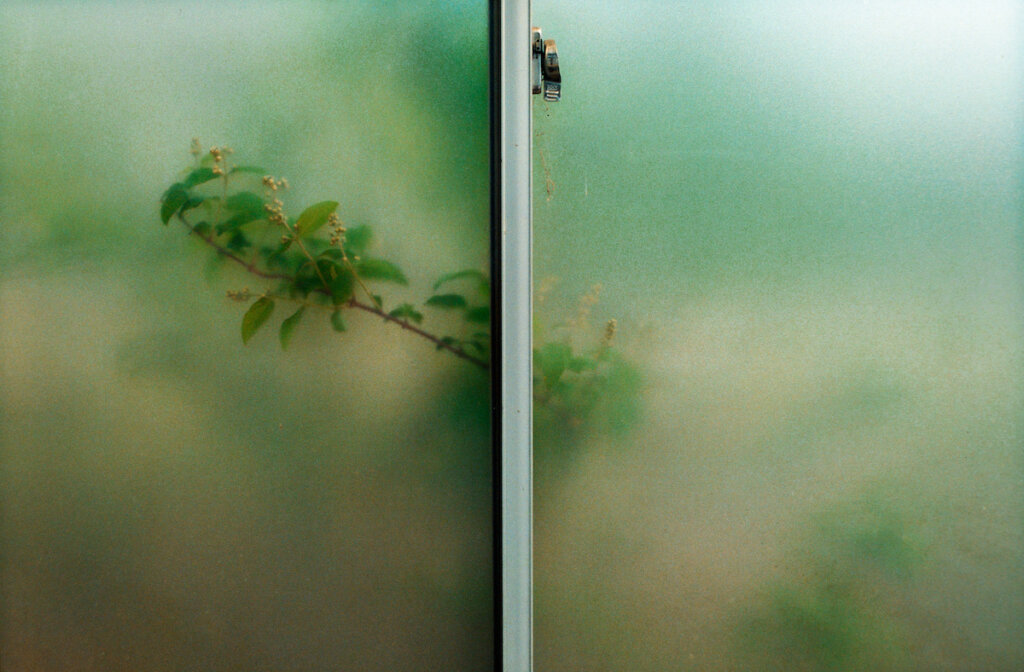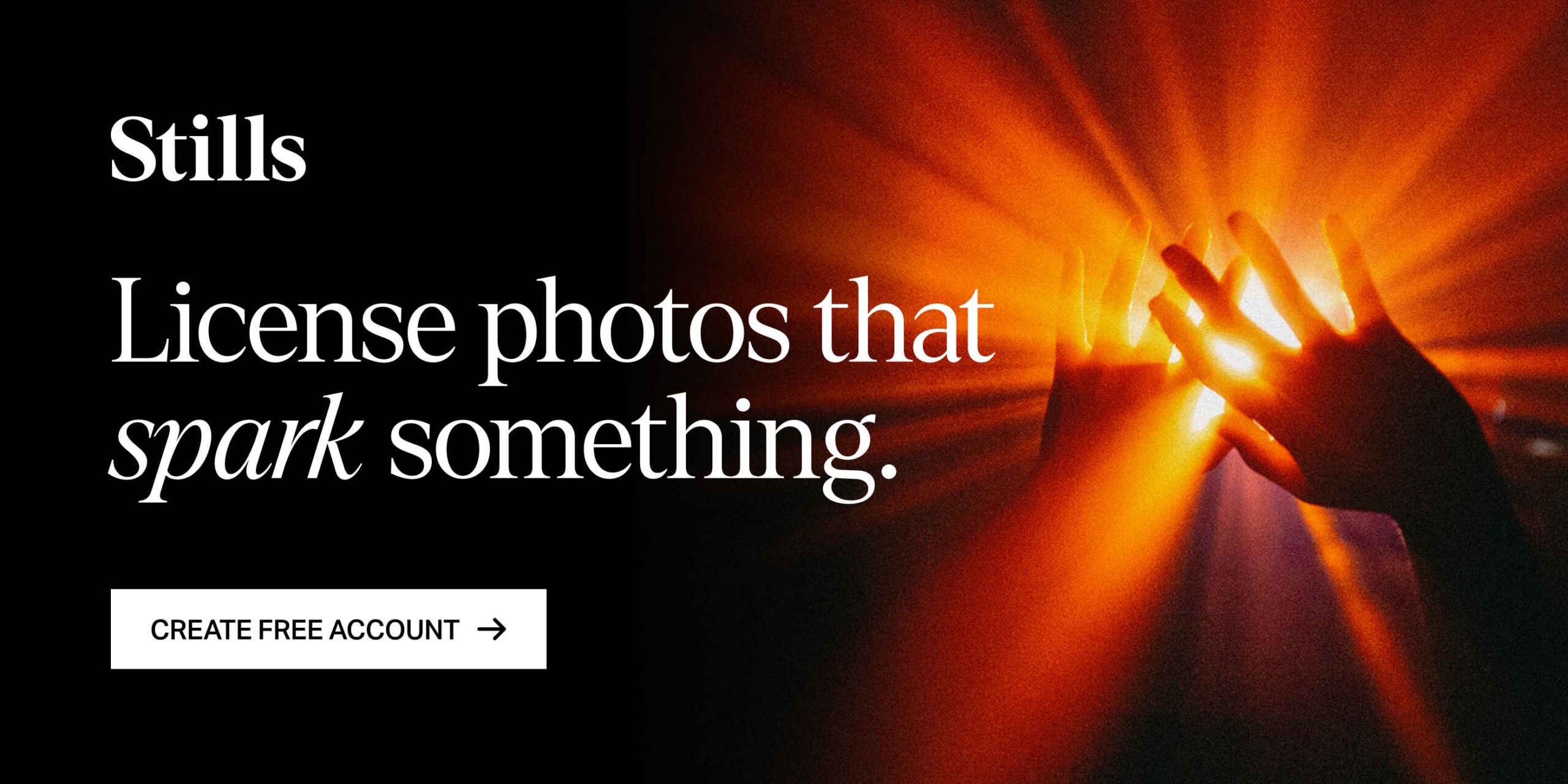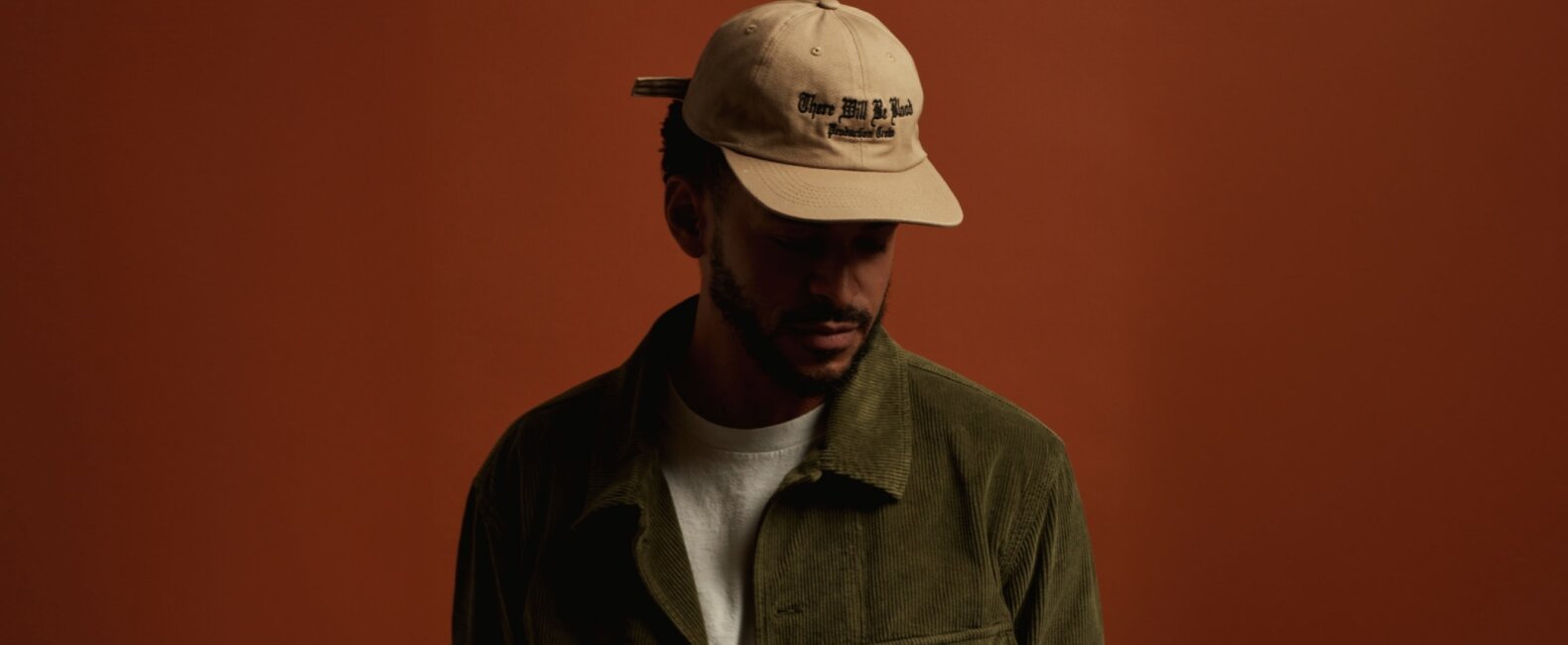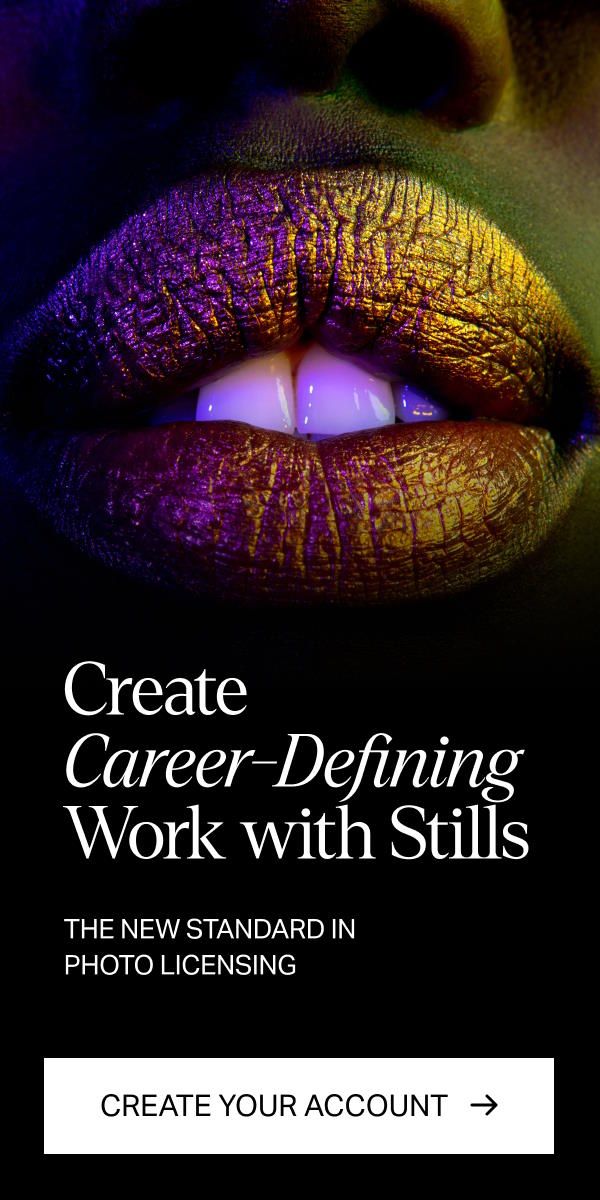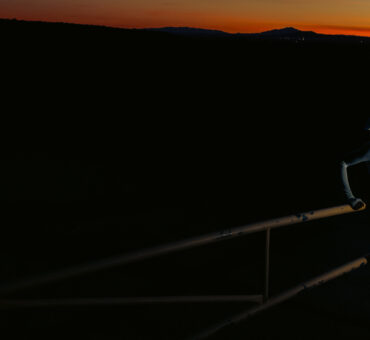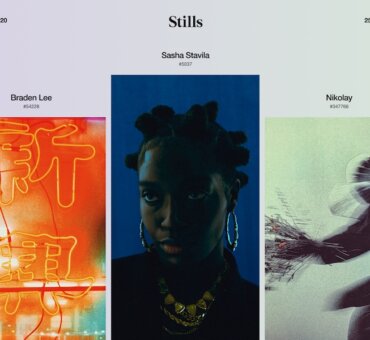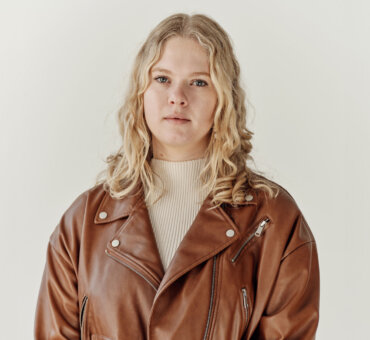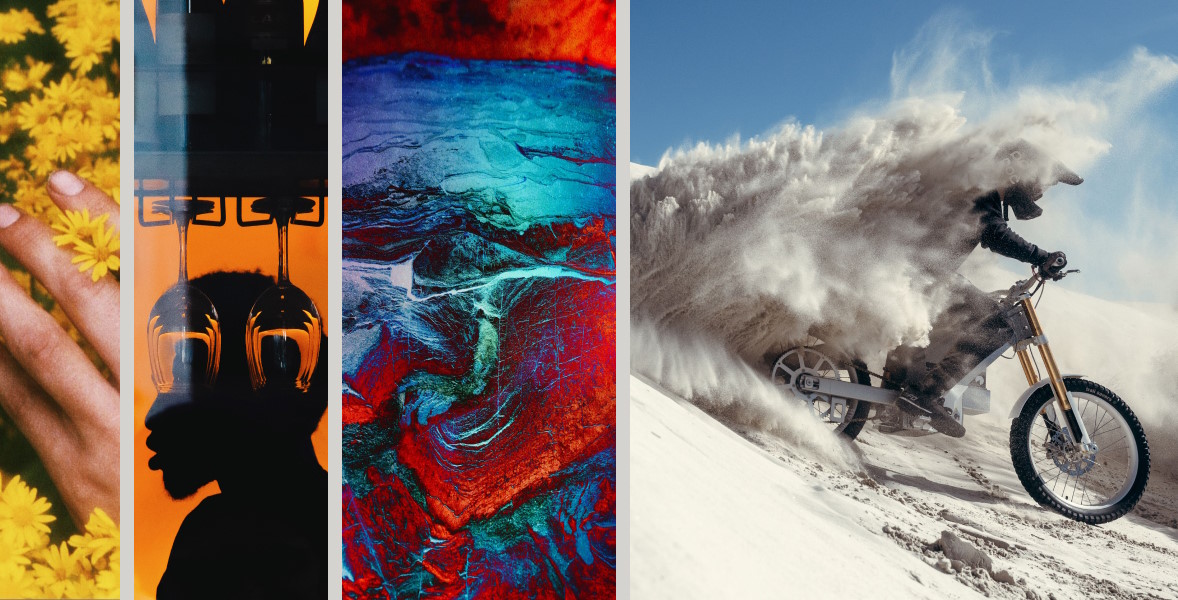The secret to peak creativity and producing groundbreaking work for iconic brands like Nike and McDonald’s?
According to Wieden+Kennedy creative director Nik Reed, the secret is staying perpetually curious.
Read his exclusive interview below to learn why he likens the creative process to a chemical experiment and how he balances tradition with modernity to create stunning campaigns.
Stills: Starting as an art director at Wieden+Kennedy in 2018 and now working as a creative director, how has your creative process evolved?
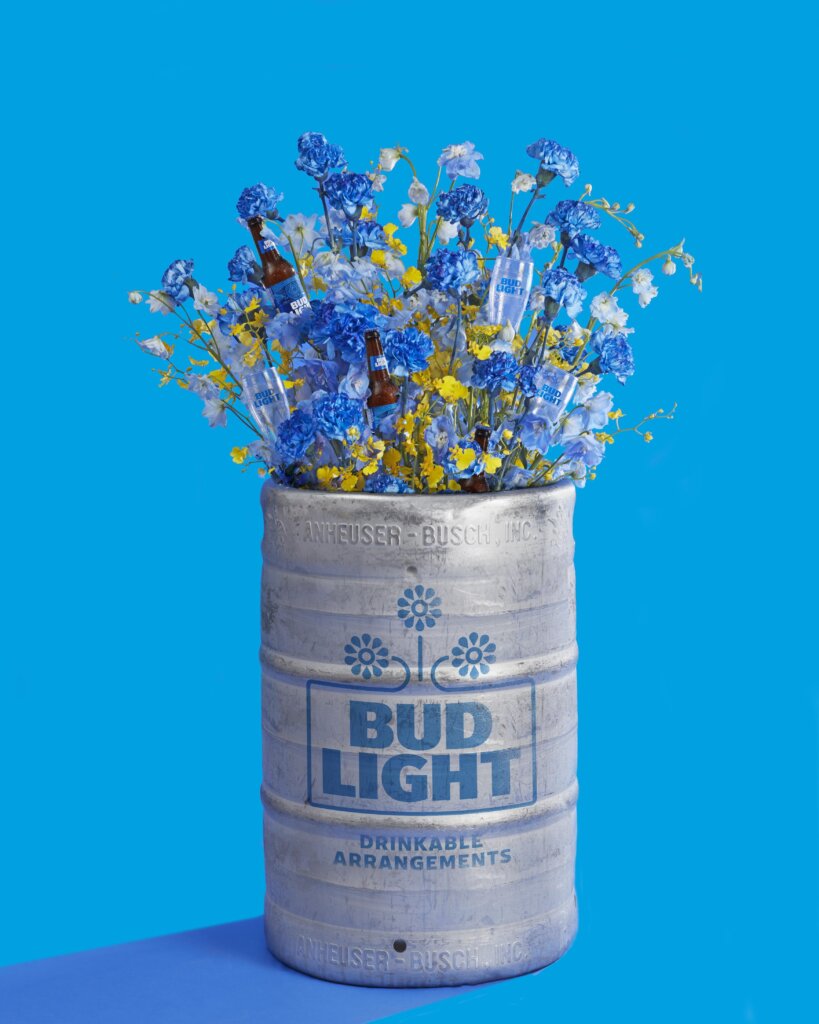
Nik Reed: While both jobs are fundamentally different from one another, the process still starts at a similar place.
The goal early on is to identify some kind of point of view that feels true for the brand and something that can emotionally resonate with people.
But the double-edged sword is that the media has become so fractured that it’s easy to get lost in the shuffle.
However, the opportunity for creativity comes from the fact that there are new touch points and feelings that you can use to engage with people.
So if you do it right, brand truth can take even more forms today and resonate with even more people.
RELATED READS: Dan George Hill on Disrupting Your Own Process
Who played a significant role in your career, especially during your early years at Wieden+Kennedy?
Nik Reed: One of the great things about working at W+K is that so many people you work with are people you can constantly be inspired by and take inspiration from. It’s almost like a buffet-style mentorship approach.
At W+K, there’s so much history and creativity in the walls of that place that it’s pretty easy to walk in and feel inspired by what the people around you have done and are continuing to do, which, in advertising at large, is a luxury.
Many of the CDs I worked under helped shape my approach to the work—even my approach to the CD role.
One of our current CCOs at W+K, who was a CD who first hired me, was probably one of the first people I drew inspiration from to find success creatively at the agency. It wasn’t so much a capital-M Mentorship as a mentorship through osmosis.
Seeing how to lead a team creatively, being hands-on at the right time and hands-off with others, and even just finding a way to be creative in situations that would otherwise not allow it helped shape me early on and even into today.
RELATED READS: Gabby Lord on Fostering Creative Culture
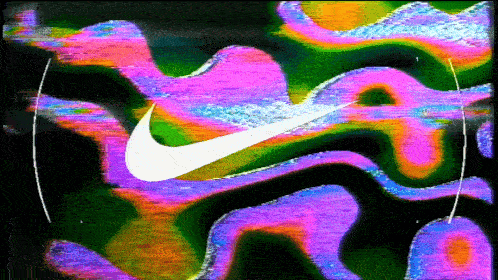
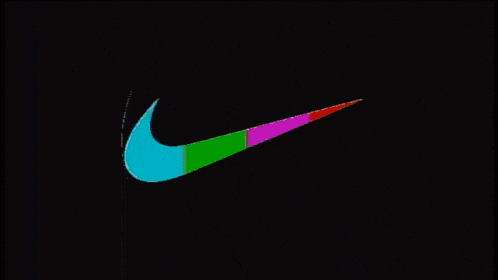
With Wieden+Kennedy working with iconic clients like Nike, how do you balance maintaining a brand’s legacy with pushing creative boundaries?
Nik Reed: Our jobs as creatives should always be to push the boundaries of what’s known or established and constantly challenge the status quo.
In my time here, I’ve been fortunate enough to work on both legacy and newer brands. With all of them, we’ve either tried to push the brand out of its comfort zone or push the category as much as we can.
Each end of the legacy/new brand spectrum presents its challenges. But ultimately, the goal is to be unexpected and go beyond what a brand knows about itself or what a consumer might think of it.
For a legacy brand like Nike or McDonald’s, a key consideration is ensuring that the brand’s core ethos is maintained in everything it does.
Many brands make the mistake of trying to distance themselves from who they are and what they stand for to appeal to a modern consumer.

For many legacy brands, there’s usually a set of timeless attributes or beliefs that have made them resonate with people for a long time. So, when a brand is able to tap into that history and figure out how it can translate into a modern context, it can end up being really powerful.
From there, your job as a creative is to take those timeless qualities, figure out how to translate them into a new context, and then find some kind of alchemy between the “old” and “new.”
This approach ensures consistency but also allows the brand to remain fresh as time goes on.
RELATED READS: Beyond Aesthetics: How Joe Diver Balances Vision with Brand Legacy
What are the essential elements for creating impactful and memorable campaigns?
Nik Reed: Having a point of view is foundational to the success of any work.
That’s your starting point—your view of the world. It guides your creative decisions in nearly every aspect of the campaign. It’s the knife to cut through the noise.
What are you trying to say? And how are you trying to say it?
Unfortunately, the advertising landscape nowadays is filled with a lot of stuff that’s just stuff. I think there’s a general fear of not saying or doing anything because it might get in the way of capturing a potential customer, so it merely exists to fill space in the hopes that you will buy the product.
There’s a ton of everything-for-everyone-everywhere-all-at-once where you frame your brand as this amorphous thing that can be for literally anything for anyone. It plays to metrics and data over a feeling or emotion.
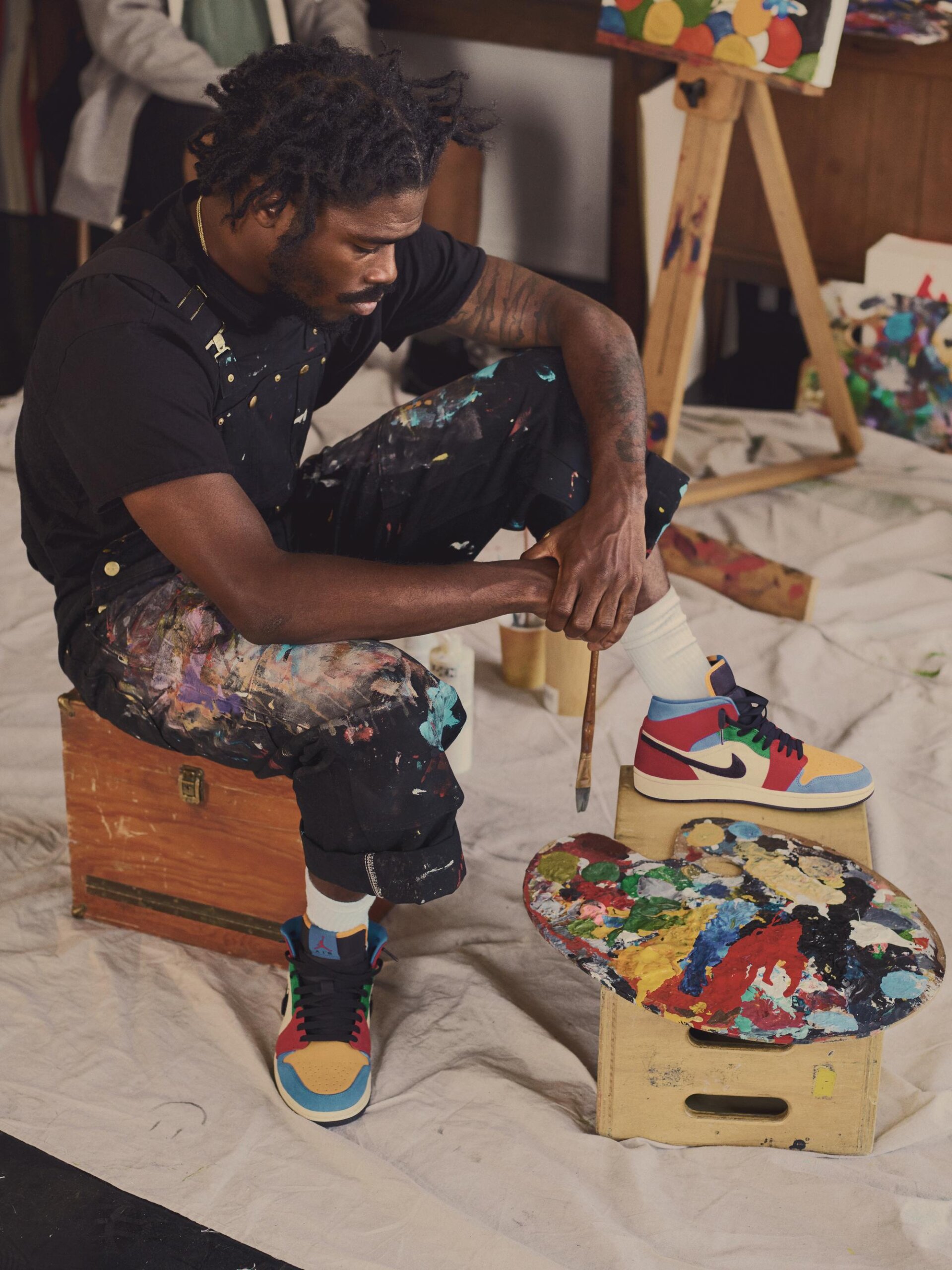
“Our job as creatives is being a chemist in a way where you combine different pieces from different places to create something new. So if you always have sources of inspiration to pull from, you’ll never run out of creativity.”
Nik Reed
When you look at past work or stuff today that’s interesting, it always makes you feel something. It might be a simple laugh, do something cool, or challenge what you think, but at the very least, it provoked something out of you.
Craft is another vital piece of the pie, as it determines whether something is impactful and memorable.
We’re in a really exciting space right now. There are so many talented people in the industry and even adjacent to our industry that can really push creative to new areas.
There’s excitement when you begin the production process. It’s a time when you figure out how that initial idea and point of view can be expressed creatively and done in a way that can feel fresh and unexpected.
RELATED READS: Award-Winning CD David Stevanov on Building Great Campaigns
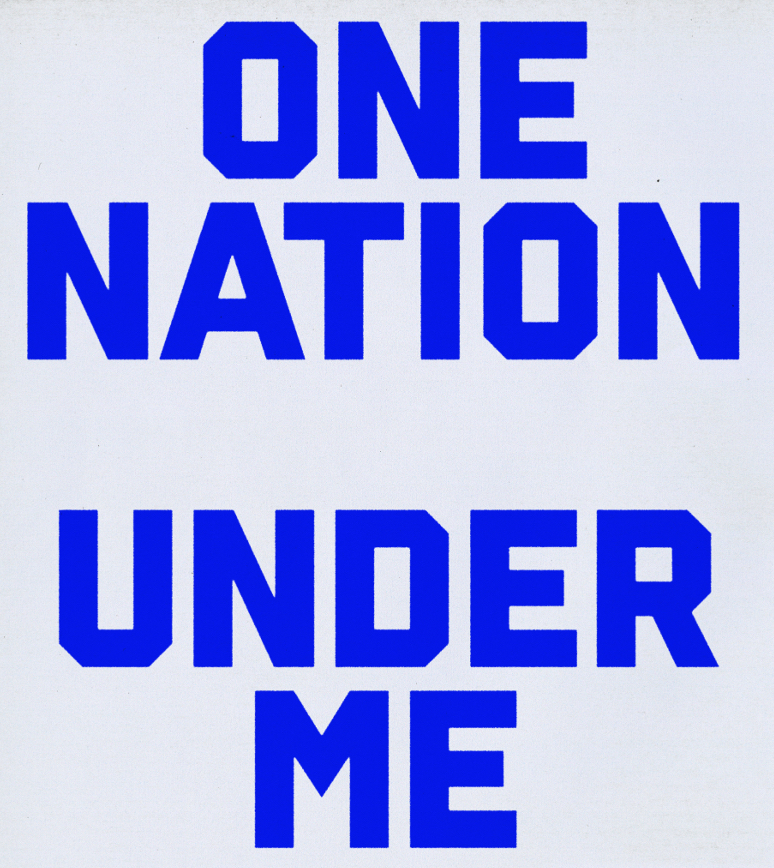
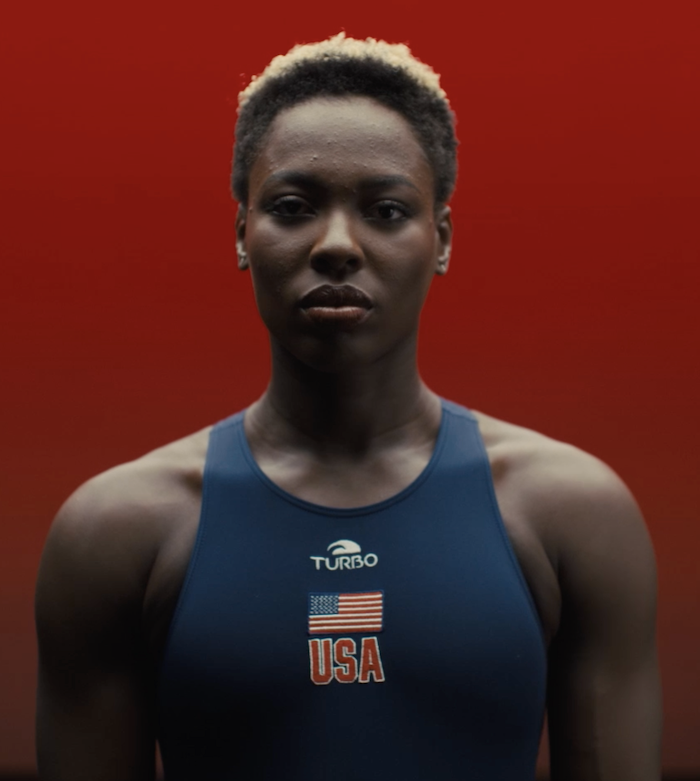
What recent project are you most proud of? What contributed to its success?
Nik Reed: A recent project I’ve been excited about was a brand campaign we did for Team USA.
As someone who played sports my whole life, there probably isn’t a bigger legacy brand that comes to mind.
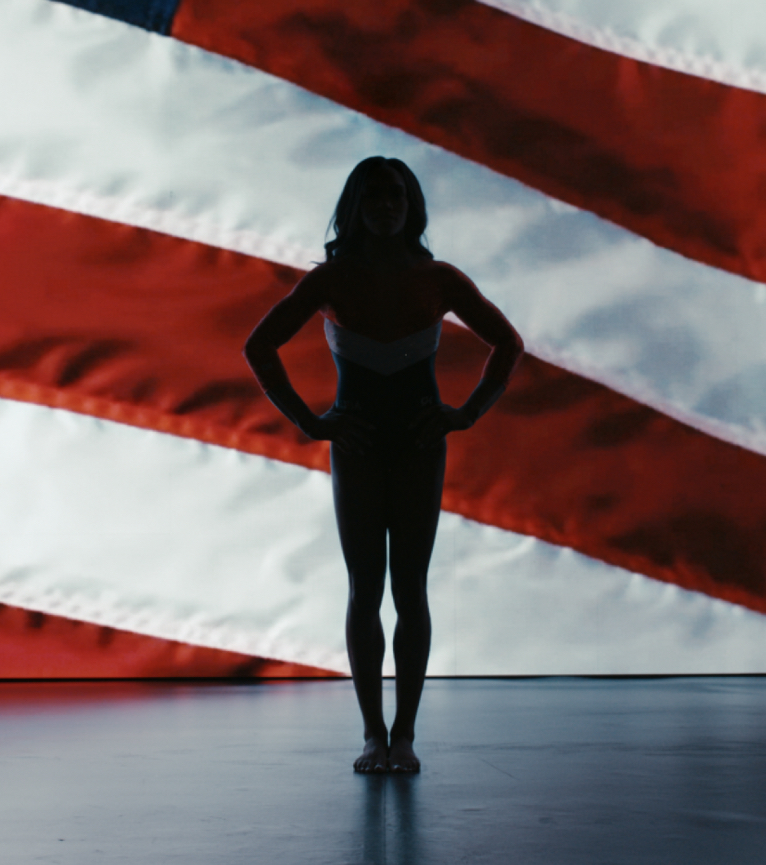
So the opportunity to build a new brand platform for them, as well as an entire visual identity, felt like something I probably wouldn’t get to do in a long time.
It’s also just rare nowadays that you get to really build a brand from the ground up and think beyond just a current moment and instead think about how this brand will continue to exist in the future.
In the campaign, we got to think of things on a macro scale, like how (potentially) millions of people would perceive the brand.
We also got to get into the weeds of crafting something that felt specific to the team and the country it represented.
It’ll be exciting to continue working with them and build on the foundation we’ve already established.
RELATED READS: Dani Hunt on Cracking the Code to Commercial Success
What helps you stay motivated on a high-stakes campaign under a tight deadline?
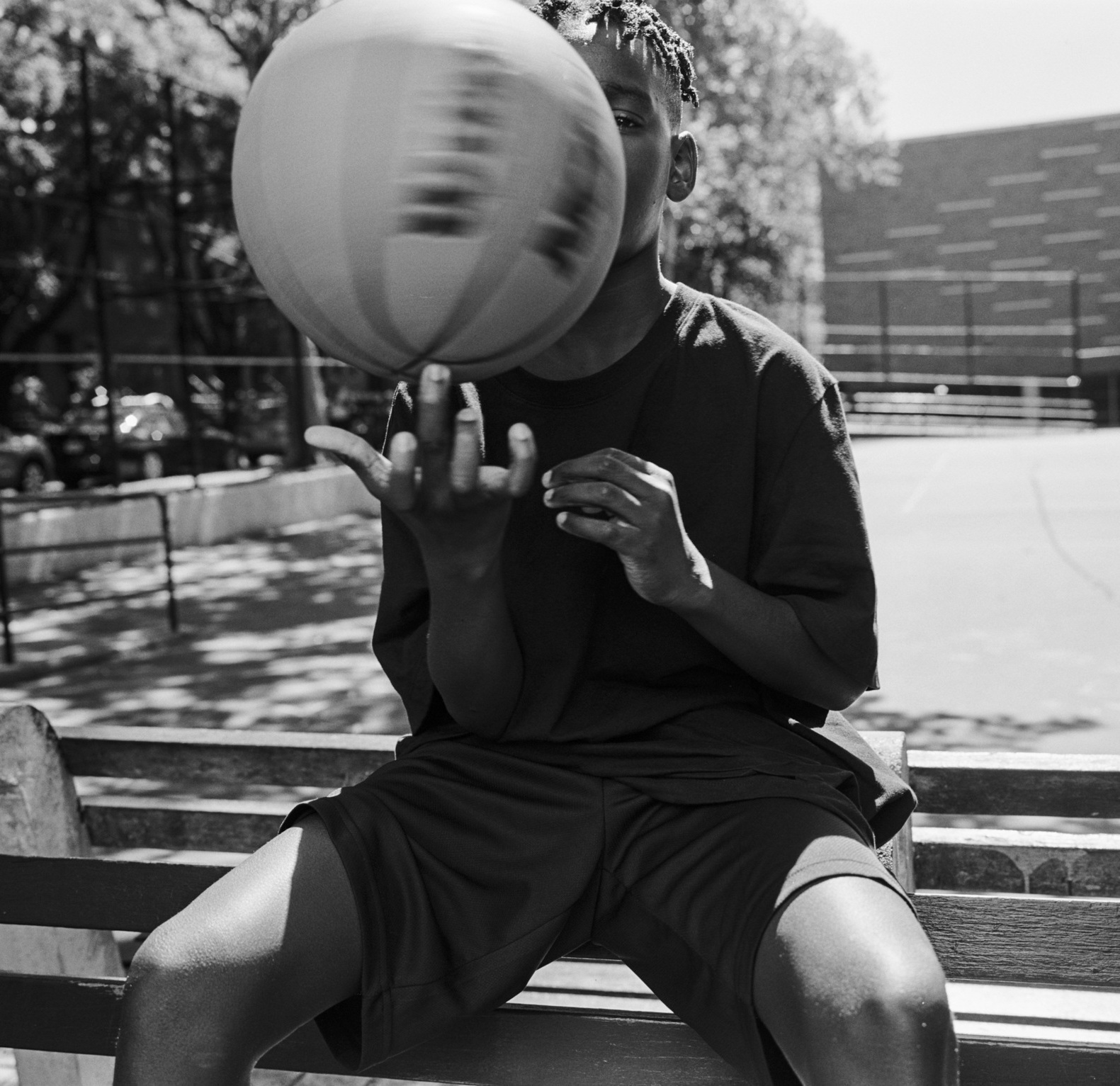
Nik Reed: Pressure can be one of our best allies.
As creatives, we sometimes benefit from having a little bit of a fire underneath us. It pushes us into making swift decisions.
There’s a time and place in the campaign when you can be more idle and take your time. But at some point, the train has to start going.
Otherwise, you can fall into the trap of perfectionism and spend too much time second-guessing whether something is right.
It’s always a balancing act between finding enough time to develop a good idea and having the urgency to implement it promptly.
Some of the work I’m most proud of came from us having to pivot or develop new stuff within a 24-hour deadline.
How do you stay inspired and continually bring creativity and fresh ideas to the table when working with your clients?
Nik Reed: It’s about staying perpetually curious. It’s about being interested in culture at large but also about finding smaller niches and communities to be interested in.
Beyond that, the people around me are similarly curious about the world, so I’m constantly learning or discovering something new.
Often, a creative’s job is being a chemist in a way where you combine different pieces from different places to create something new. So if you always have sources of inspiration to pull from, you’ll never run out of creativity or new ways to think.
RELATED READS: Alishbah Masood on Mastering a Creative Mindset
Tell us about a dream project or brand you hope to work with.
Nik Reed: I’ve been lucky to work on a wide range of brands and products while at W+K.
There’s not a specific brand necessarily. But it would be cool to do something in the luxury space or a fashion or apparel brand.
That space could lend itself to less traditional “ads,” but I just haven’t had the chance to work in that space as much.
RELATED READS: Kelsey Bryden on the Rewards of Leaving Creative Comfort Zones
What advice would you give aspiring creative directors looking to work at an agency like Wieden+Kennedy?
Nik Reed: It’s different for everybody, but there’s a really big difference between being a creative director and being a creative. It’s mostly a completely different job.
As a creative, you have control over the minutiae and every little detail. But as a CD, you’re largely viewing everything through a macro lens.
Most of the time, you’re not making things or coming up with ideas. Instead, you’re figuring out how to create an environment for the team to be creatively successful.
CDs have to figure out how to scale brand beliefs beyond just yourself and the rest of the team.
That’s why the role of being a CD is so different.
There’s this perception that ending up as a CD is a natural progression in your career. But it’s more of a decision than something inevitable.
Knowing what you want from the role and where you want to take any project is instrumental in determining whether the role is right for you.
It starts with identifying why you want to be in that position.

What do you like about Stills? Why would you recommend it as a resource for brands and designers?
Nik Reed: Stock photography is so often associated with being bad.
But when you have a resource like Stills, it can actually change and elevate the campaign beyond what it normally would be.
